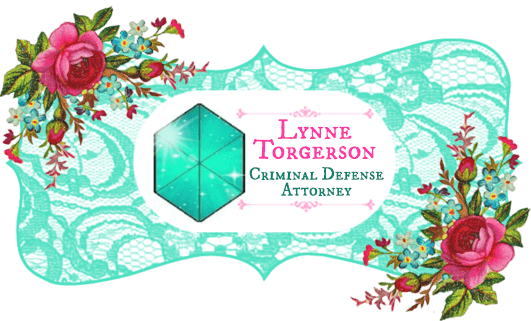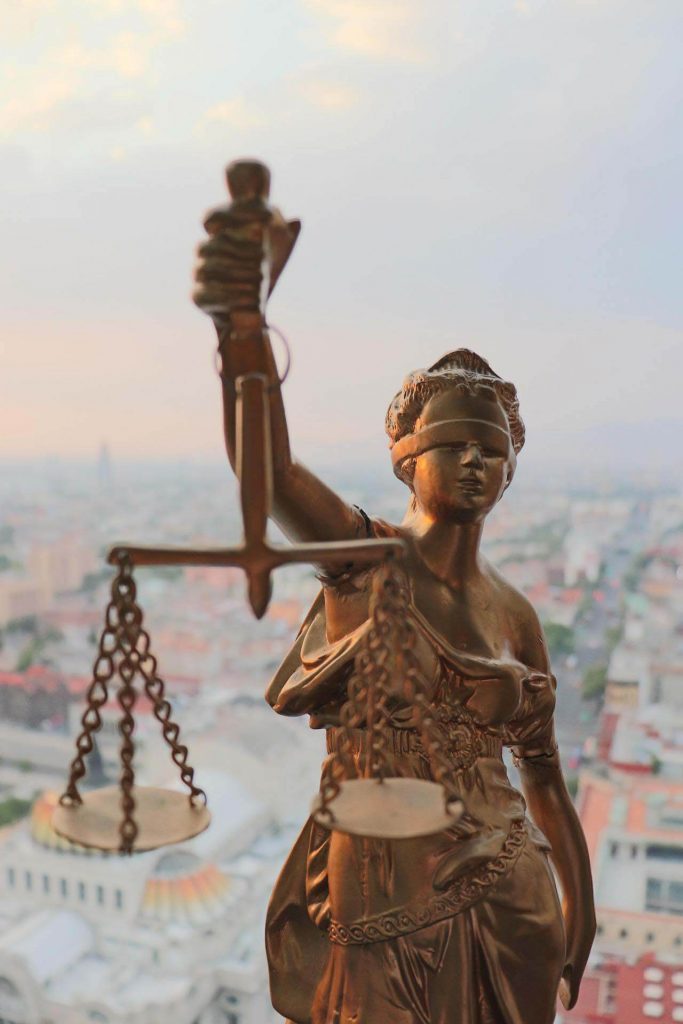So, what is a Criminal Defense Lawyer doing in your case? What is going on behind the scenes in his/her office?
A Criminal Defense Lawyer usually becomes a criminal defense lawyer because they are interested in practicing in that area. Why would anyone want to become a criminal defense lawyer? Well, that is a good question. First, a criminal defense lawyer’s practice involves a tremendous amount of litigation around Constitutional rights. So, an interest in protecting Constitutional rights is probably a strong reason a person became a criminal defense lawyer. Another reason is that he/she is probably mercy gifted: meaning, God made them in such a way that they naturally have mercy on their clients and want to help them. So, after that, what do they do?
Well, first of all, he/she gets a telephone call from you. The initial call is called a Free Consultation. This call usually addresses the name of the person who has been charged with a crime. The name is required because lawyers must do conflict of interest checks, and not represent someone who has a conflict with a current or former client. For the average criminal case, the Criminal Defense Lawyer will also need to find out what the charges are, what county, whether it is a misdemeanor gross misdemeanor or felony, when the next court date is, the date of birth of the person (because the Clerk of Court requires the date of birth before they will discuss the case), whether the person has any prior criminal convictions, and very helpful, the case number. It will be determined that the person actually needs a Criminal Defense Lawyer (not, for example, a family law lawyer), in the State of Minnesota, and not another state, because lawyers are licensed by state and can only practice in the state in which they are licensed. The Criminal Lawyer will then provide a quote—the amount of money that representation for that case will cost. Some lawyers also provide payment plans. There is usually an abbreviated discussion of what occurred, that gave rise to the criminal charges. The Criminal Defense Lawyer may also provide some background information on their experience. If the person decides to hire the Criminal Defense Lawyer, then an appointment will be scheduled for an Intake.
An Intake will usually take about 1 to 3 hours. A lot of lawyers only take about 20 minutes; Ms. Torgerson, with a standard of excellence, takes about 1 to 3 hours to obtain the background information and information regarding the case, which is necessary to adequately represent someone. The Criminal Defense Lawyer and the client will also go over the written Retainer Agreement, and collect payment.
The Criminal Defense Lawyer will then essentially begin preparing for a jury trial. Misdemeanor cases typically take about 6 months to resolve; felony cases will take about 12 months to resolve. Often, clients think there is only 1 court date per case. Au contraire! Most cases will involve about 3 to 12 court dates, over the span of about a year. And, it is very important to remain patient to resolve your case. Better outcomes usually result over a longer time. It is a bad idea to try and resolve a case quickly. The prosecutor and courts would love for you to quickly enter a guilty plea and go away; this results in a permanent criminal conviction; often, many years later, the person very much regrets their earlier decision. Criminal convictions can have long term, broad, unforeseen consequences, which may affect employment, the ability to possess firearms, and housing opportunities. Lynne Torgerson always has an eye on how a particular case could affect her client’s future, and works to obtain results which are the most beneficial to her client’s future.
So, after a Criminal Defense Lawyer is hired, the lawyer will draft, file and serve a formal request for discovery on the prosecutor. This is so the prosecution will send the Criminal Defense Lawyer the police reports, witness statements, medical records, photographs, audio recordings, video recordings, test results, and the like. Usually, all of this discovery costs money. The prosecutors usually charge around $20 for police reports, and then they also charge for each audio recording, video recording, DVD, CD, flash drive, etc. And, usually, the electronic discovery sent by the prosecution does not work. So, then a request for new electronic discovery is made, and this procedure usually causes the case to drag out longer for weeks and/or months.
After the discovery is received, it is reviewed by the Criminal Defense Lawyer. Copies of the reports are also usually sent to the client.
During representation, the Criminal Defense Lawyer is looking for factual defenses, and, legal defenses. During the proceeding, usually after about the 3rd court date, offers of settlement also start to be exchanged. It is up to the defendant to decide whether or not he/she wants to accept or reject an offer, and, whether or not to make an offer, whether or not to plead guilty, and whether to go to trial, and whether to testify at trial or not. If a settlement agreement is reached, then at the next court date, the defendant would waive his rights to a jury trial and to a pretrial evidentiary hearing which determines the admissibility of evidence, and, then enter a guilty plea.
If a settlement agreement is not reached, then the case is scheduled for a contested omnibus hearing. This hearing determines the admissibility of evidence, such as whether the defendant’s statements are admissible, whether the evidence seized pursuant to a search is admissible. This hearing usually litigates whether or not the evidence was obtained in a Constitutional fashion. If not, the evidence is inadmissible. These are the most common issues litigated at a contested omnibus hearing. A motion to dismiss for a lack of probable cause may also be brought where the State’s case is weak; while it is possible to sometimes win such a motion, it is extremely rare.
After the contested omnibus hearing, a settlement conference or pretrial conference will be scheduled. This is usually the last court date before an actual jury trial begins. So, there is one last ditch effort to resolve the case pursuant to an agreement, before the case actually goes to a jury trial.
If the case does not settle, the case is scheduled for a jury trial. At a jury trial, for a misdemeanor, there are 6 jurors. For a felony jury trial, there are 12 jurors. Most trials last about 3 to 5 days. The first morning of trial usually involves motions in limine, to determine the other non-constitutional evidentiary issues. After the motions in limine, jury selection is conducted. Each party has a number of peremptory strikes by which they can eliminate a juror for any reason. Usually, there are very biased people that need to be easily removed. For the record, each party will always want more peremptory strikes than they are allotted.
After jury selection, the jury is sworn and the judge usually reads some preliminary jury instructions. Then, the prosecutor will give an opening statement. After, the Criminal Defense Lawyer will give an opening statement. Then, the prosecutor calls all of its witnesses and has each of its witnesses testify. The Criminal Defense Lawyer gets to question each witness, after the witness is questioned by the prosecution. This is called the right of confrontation. After the State presents its case, the defendant puts on his/her case, or simply rests. The defendant has the right to subpoena witnesses into court, to force a witness to testify on his/her behalf. This also is a constitutional right. Then, the defendant has the right to testify, or, the right to remain silent. This also is a constitutional right. The decision of whether or not to testify is up to the client, not the lawyer. However, strategy of trial is up to the lawyer; the lawyer’s decision.
Each side, the prosecution first, makes a Closing Argument. A closing argument is where the lawyer argues the facts and the law to the jury. Then, the Criminal Defense Lawyer makes a Closing Argument. Then, unfairly, under Minnesota law, the prosecution gets to make a rebuttal argument to the jury. The Criminal Defense Lawyer does not get a second shot.
After closing arguments, the trial judge will read the final jury instructions to the jury. This instructs the jury on the law. The jury is the decider of the facts. The jury then is brought to a Jury Room, where they deliberate in secrecy. When they come to a unanimous decision, the Jury Foreman informs the Bailiff. The Bailiff informs the judge’s chambers that the jury has come to a verdict. The judge’s Clerk then calls the attorneys and parties and instructs them to return to the courthouse.
When everyone has returned to the courtroom, the jury is brought into the courtroom. The Jury Foreman then hands the Bailiff the written Verdict form, the Bailiff hands the Verdict to the Clerk, the Clerk hands the Verdict to the Judge, the Judge reads the Verdict, the Judge hands the Verdict back to the Clerk, and then the Clerk reads out loud the caption of the case, such as In case of State of Minnesota versus Jack Smith, case number 12-CR-22-3456, on count 1 charging the defendant with ABC Crime, we the Jury find the defendant NOT GUILTY or GUILTY. For the record, the process is agonizing.
Sometimes, the jury finds the defendant guilty. Sometimes, the jury finds the defendant not guilty.
In one jury trial, the jury found Ms. Torgerson’s client not guilty, after a 1 week long trial. Essentially, her client’s future was on the line. He was a young man, in his mid 20s. After the jury rendered its Verdict of Not Guilty, a couple of the jurors felt so bad for her client that they walked over to him and shook his hand. Evidently, they felt the accusations were unjust. Ms. Torgerson’s client, and his father, we so relieved. So, was Ms. Torgerson.
At the beginning of a case, no one knows what the outcome is going to be. So often, clients want to know the odds. Every case really is so unique. It really is impossible to predict. It becomes even more unpredictable when a case goes to trial, and people start testifying. One never knows what is going to come out of people’s mouths. In a trial, there is always some fantastic surprise! A Criminal Defense Lawyer can take a fine tooth comb to the case, and turn over every rock: there is always some unknown! Some hidden piece of evidence . . .
Even so, it is always best if some sort of settlement agreement can be reached. When a case goes to trial, the stakes get pretty high, pretty quick. At trial, a person either wins, or loses. And, if a person loses, then sentencing is completely up to the judge; there is no pre-determined agreement of the parties, so that everyone knows what the outcome will be.
Sometimes however, the parties simply do not agree. The parties are so far apart, that there is no way to agree. That is when the cases end up going to a jury trial. And, jury trials are a crucible. There is nothing like a jury trial. They are intense. The stakes are high. Interestingly, they are always intense for everyone involved: the defendant, the judge, the prosecutor, the Criminal Defense Lawyer, the witnesses. No one is bored.
So, if you want an experienced, expert Criminal Defense Lawyer, who knows what she is doing and does it well: Call Lynne Torgerson Criminal Defense Attorney at (612) 339-5073. She has been getting good results for her clients over 30 years. Trustworthy. Dependable. Excellence.



